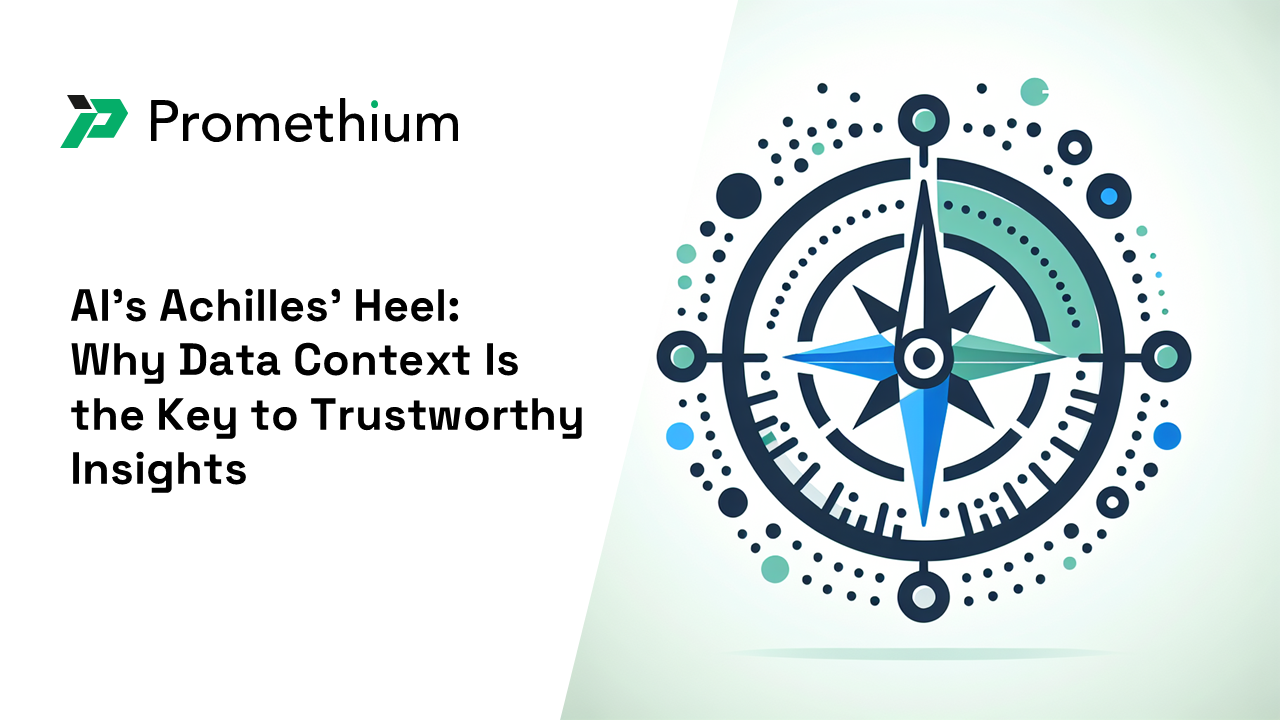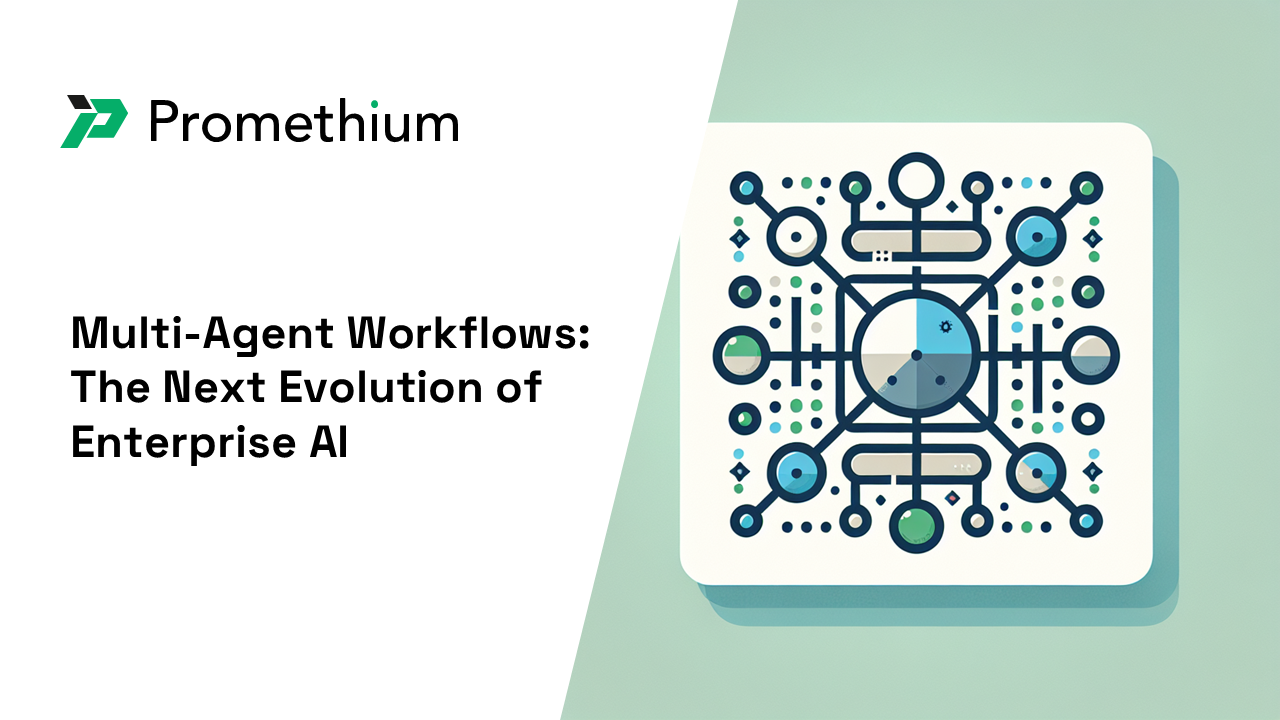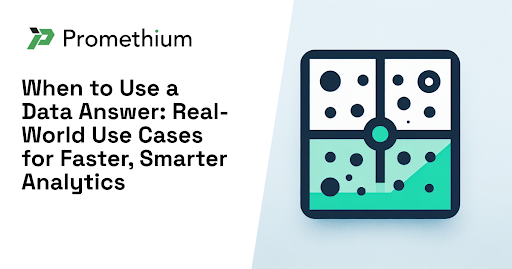Your AI model just told the board that customer satisfaction is up 15% — but it’s actually down 12%. The model didn’t lie; it just used data from two different systems with conflicting definitions of “satisfied customer.”
This isn’t just a hypothetical. Without the right context, even the most advanced AI will confidently give you the wrong answer and the trust you’ve worked to build will vanish in seconds.
What You Have Right Now: Fragmented Context Across Your Data Estate
In any larger enterprise, context is scattered across a variety of different tools and systems, which may include:
- BI Tools & Semantic Layers: Metrics, calculations, and filters locked in specific tools
- Data Catalogs: Business glossaries, classifications, tags, and ownership information
- Technical Metadata: Schema, lineage, and data quality metrics buried in source systems
- Ontology & Taxonomy Models: Entity relationships and business hierarchies in isolated repositories
- Semantic Models: Logical definitions of metrics and joins trapped in individual platforms
- Historical Query Patterns: Past usage and relationship history that reveals actual business logic
- Tribal Knowledge: Critical business context that lives only in people’s heads
Why This Doesn’t Work for AI
This fragmentation is one of the reasons that makes it hard for AI to properly understand your data:
- Context exists in multiple places: AI models get fed raw data stripped of the very things that make it reliable.
- Manual mapping is unsustainable: Data teams spend months mapping business terms to technical schemas, only to see those mappings break when systems change or business processes update.
- Most tools can’t use all the context: Traditional platforms can only access their own metadata, missing the complete picture.
- Tribal knowledge isn’t codified: The most critical business context exists in conversations, not documentation.
- Semantic ambiguity is everywhere: “Revenue” means one thing to Finance (accounting rules) and another to Sales (contract values). AI can’t resolve this without explicit business context.
What Your Architecture Actually Needs
To deliver trustworthy AI at enterprise scale, you need a system that can:
- Aggregate context from all sources: Pull metadata from across your entire data ecosystem, not just one tool
- Adapt in real time: Update context as schemas evolve and business definitions change
- Reconcile conflicts: Handle semantic ambiguity when the same term means different things
- Capture tribal knowledge: Learn from human interactions and retain institutional knowledge
- Provide full explainability: Show exactly which sources, definitions, and business rules contributed to each answer
How Promethium’s 360° Context Engine Delivers This
Promethium solves the context problem by automatically aggregating metadata from everywhere it lives, creating a central, dynamic repository of your context.
Comprehensive Context Aggregation
The 360° Context Engine connects to your existing systems — data catalogs, BI tools, semantic layers, governance platforms, and user interactions — pulling in both technical metadata and business context automatically. No new infrastructure required.
Intelligent Semantic Resolution
When the same term means different things in different contexts (like “revenue” for Finance vs. Sales), the system explicitly handles this ambiguity. Instead of forcing a single version of truth, it maintains multiple valid definitions and resolves them based on query context and group and user rules.
Sophisticated Query Intelligence
The system uses advanced table and column selection to send only relevant, verbose context to AI models — avoiding both information overload and critical gaps. Federated query capabilities through Trino provide a single SQL dialect that works across multiple platforms.
Human-AI Collaboration
The system learns from past user interactions and endorsements, capturing tribal knowledge and building institutional memory. Users can correct, refine, and enhance AI understanding, creating a continuously improving knowledge base that goes beyond what’s documented.
Real-Time Adaptation
Context updates instantly as schemas evolve and business definitions change. No manual remapping required when systems change — the platform adapts automatically while maintaining complete lineage and explainability.
Built-In Quality Assurance
All generated SQL is verified against actual schema catalogs to prevent hallucinations. Endorsed queries and natural language rules guide optimal join pathways, ensuring reliable results at enterprise scale.
What This Means for Your Organization
Answers you can trust. With complete context automatically included in every query, your AI delivers accurate, explainable results that users can rely on for critical decisions.
This transforms how your organization works with data:
- Maximize Your Existing Investments: Works with your current data catalogs, BI tools, and governance systems without replacement. The 360° Context Engine enhances what you already have rather than forcing you to start over.
- Improve As You Use It: Human feedback builds institutional knowledge over time. Every interaction with Mantra makes the system smarter about your business context, creating a continuously improving data intelligence layer.
- Make Your Analysts More Efficient: Analysts spend their time on insights instead of hunting for data definitions and data, enabling them to deliver insights 10x faster then before.
Ready to Close the Context Gap?
The competitive advantage in AI isn’t speed or scale — it’s trust. And trust comes from complete context. If your AI results are being second-guessed, it’s time to solve the context problem at the architecture level.
Ready to see context-aware AI in action? Talk to us about a free PoC, where we can demonstrate results with your actual data in under 30 days.




